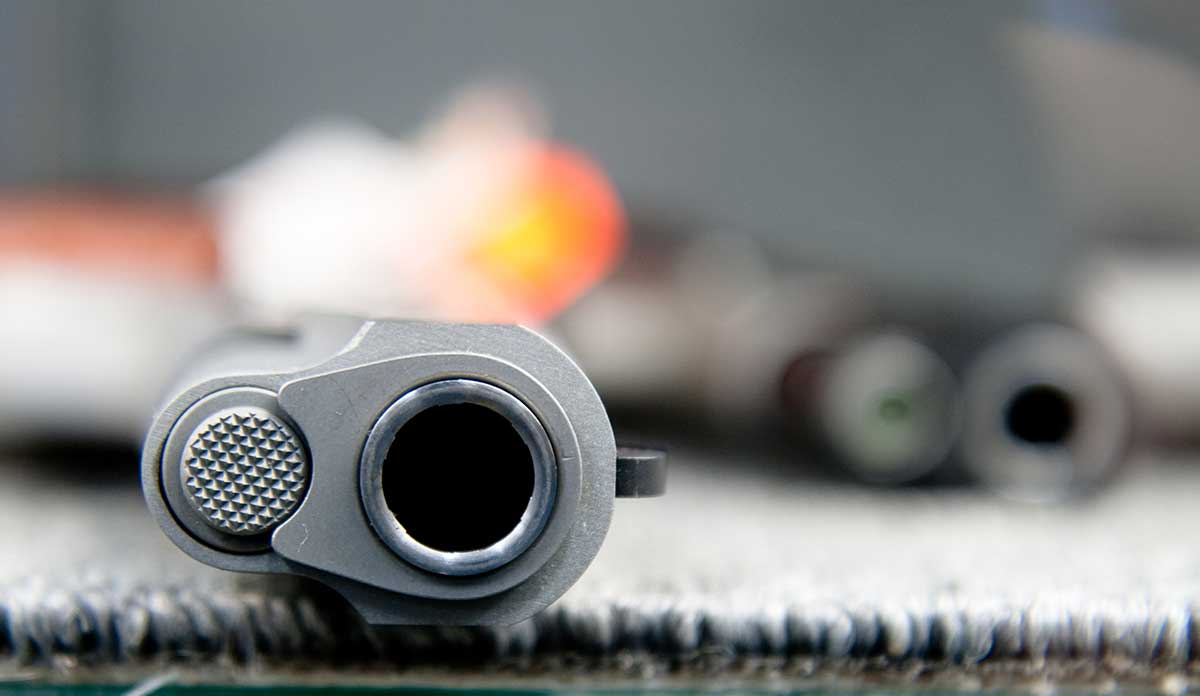From Columbine to Aurora, Sandy Hook to Orlando, Charleston to Dallas, mass shootings have dominated the national conversation about guns. These are national tragedies: terrifying, mass-casualty events that bring up policy issues ranging from the regulation of assault weapons to our handling of mental illness. However, despite their horrific nature and dominance of the national conversation, mass shootings are just the tip of the iceberg of gun deaths in America . According to data collected by the CDC, of the 33,134 deaths caused by guns in the US in 2013, only 502, or 1.49%, were the result of a mass shooting, while 11,208 were homicide-related. That means 21,424 people died of self-inflicted gunshot wounds, more than all other gun related causes combined.
These figures are part of a disturbing trend according to a 2015 report by the Brady Campaign to Prevent Gun Violence, “The Truth about Suicide and Guns.” While gun deaths from homicide have been steadily declining since the early 90s, gun-related suicides increased by 13 percent from 2007-2013 . It’s a phenomenon that has kept the overall number of gun deaths steady at around 30,000, despite the fall in homicides.
Suicide is the 10th most common cause of death among Americans, and, in 2013, guns were used for more than half of those deaths. Why do guns represent such an outsized portion of suicides? One of the main reasons is their efficiency. According to the Brady Campaign report, guns are involved in 50.9% of fatal suicide attempts and only 0.8% of nonfatal suicides.
A self-inflected gunshot wound, however, requires little planning and can be instantaneously fatal. Making guns in the home slightly less accessible by keeping them safely locked and unloaded has been shown to reduce the odds of suicide by up to 73%
Guns make suicide easier, faster and more efficient. Other common methods such as suffocation, poisoning and cutting (which make up 24.7%, 16.8% and 1.8% of successful suicides respectively) leave room for someone to be discovered by a potential rescuer, have second thoughts, or simply fail to successfully kill themselves. A self-inflected gunshot wound, however, requires little planning and can be instantaneously fatal. Making guns in the home slightly less accessible by keeping them safely locked and unloaded has been shown to reduce the odds of suicide by up to 73%, according to the Brady Report.
Many gun control opponents argue that restricting guns will have little effect on the overall rate of suicide, as suicidal people will simply find another means to kill themselves. A 2012 paper in the Lancet, “Means Restriction for Suicide Prevention,” refutes this claim. Due to the impulsivity of most suicides, removing or restricting means for killing oneself among a population can lead to a dramatic drop in suicide deaths. Studies have found that reduction efforts limiting access to common means of suicide – such as coal gas in the early 20th century UK or pesticides in some Asian and Latin American countries – led to population-wide drops in suicides. Few of these restrictions led to any documented increase in other means of suicide.
Suicide is a hard topic to talk about. The media tends to gravitate more toward sensational stories of murder and crime rather than the painful, personal stories of those who take their own lives. However, as our national debate over gun control continues to evolve, advocates for gun safety must continue to raise this uncomfortable subject. It may not grab the headlines like a mass shooting or a grisly murder, but, as the research shows, many lives may be saved by attention to the availability of guns in American homes.
If you are having thoughts of suicide, call the National Suicide Prevention Lifeline at 1-800-273-8255 or visit suicidepreventionlifeline.org.














